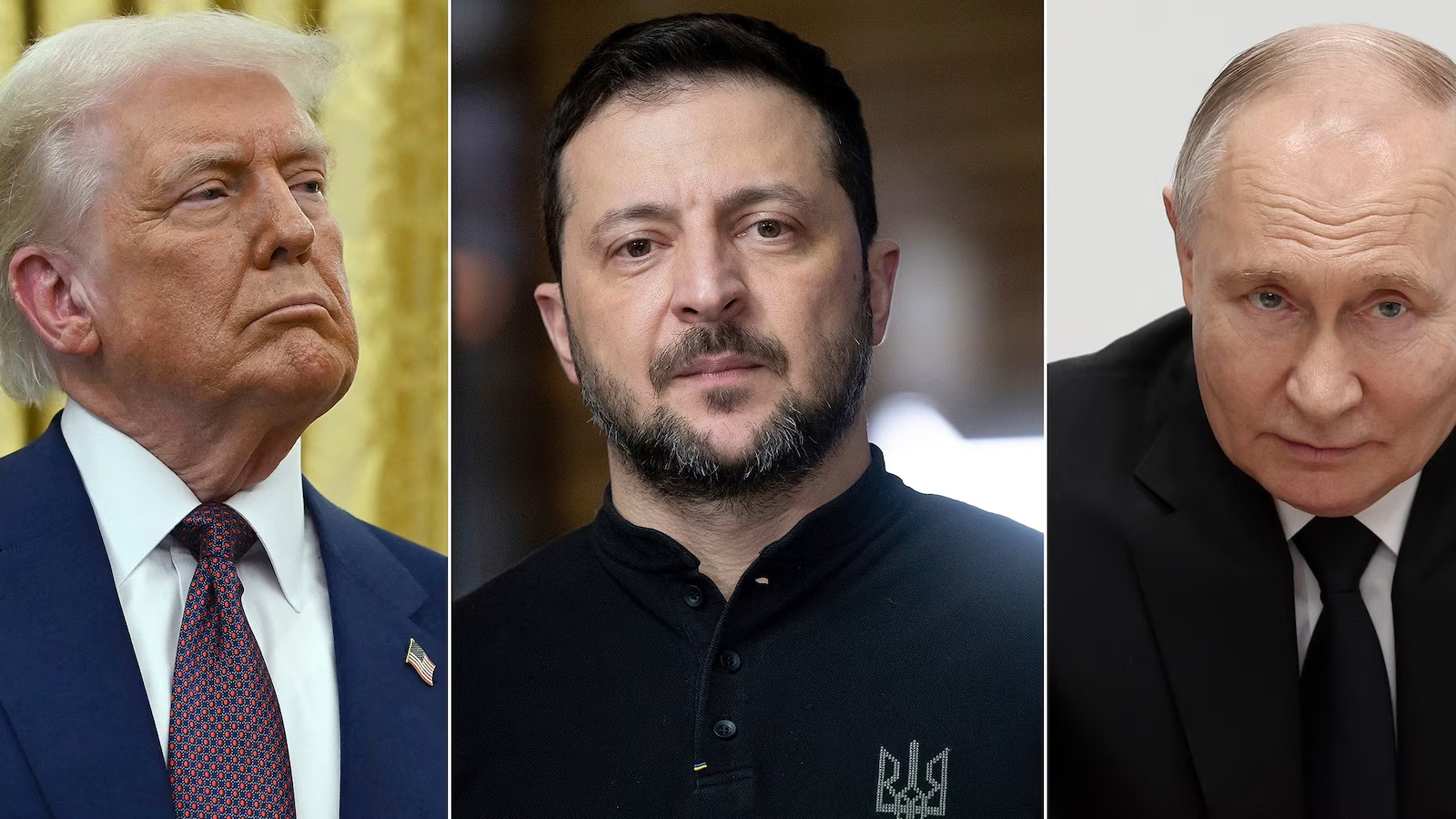Tensions between the Trump administration and the Ukrainian government have been rising over the past week, culminating in public disputes. Ukrainian officials were alarmed by threats to cancel meetings if certain demands weren’t met and mixed messages about NATO membership. Defense Secretary Pete Hegseth’s comments about potentially withdrawing U.S. troops from Europe added to their concerns. From Trump’s perspective, Zelenskyy’s resistance to U.S. demands and public criticism of Trump’s peace efforts led to frustration.
After Trump won the November election, Ukrainian advisers recommended showing flexibility in peace talks to convince Trump that Russia was the main obstacle. While this strategy seemed to work initially, recent developments, including the release of a U.S. teacher by Russia and Trump’s subsequent talks with Putin, have complicated matters. Hegseth’s blunt comments about NATO membership for Ukraine further fueled confusion, despite efforts to soften his stance. The escalating rhetoric between Trump and Zelenskyy, including Trump’s labeling of Zelenskyy as a “dictator,” has raised concerns among U.S. officials and allies.

